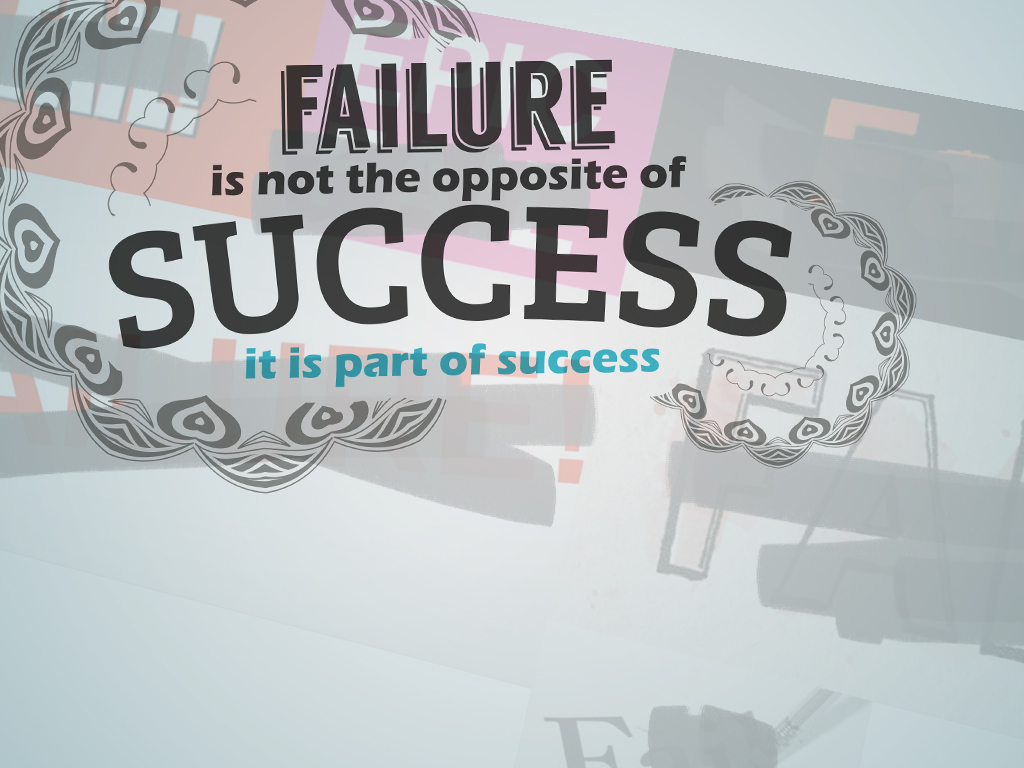Real-time marketing gets a bad rep in the press, but one Advertising Week panelist said audiences love it and engage with real-time content when it is done right. Further, he also said not to listen to detractors who say there will never be another Super Bowl blackout and he thinks consumers will actually expect to see brands in their social conversations in a few years.
In the “Be Bold, Be Engaging, or Be Gone: The Importance of Real-Time Marketing,” panel on Day 1 of Advertising Week in New York, Chris Kerns, director of analytics and research at social marketing platform Spredfast, noted real-time marketing doesn’t get a lot of love in the press – and it can certainly go awry if not used effectively – but there’s also plenty of data to back up its effectiveness in reaching consumers when brands use it correctly.
Example 1: The Beyonce Lift
Kerns used the example of pop star Beyonce’s 33rd birthday on September 4. Fans worldwide used the hashtag #BeyDay to celebrate, creating a trending topic.
In turn, electronics retailer Best Buy was inspired to tweet, “Is it too late to change our name to ‘Best Bey’ for the day? #beyday.”
Is it too late to change our name to “Best Bey” for the day? #beyday — Best Buy (@BestBuy) September 4, 2014
Noting this isn’t part of a Best Buy campaign and using words like “weird,” “silly,” and “strange,” Kerns used this example to define real-time advertising, saying, “It’s an established trend that is the center of attention and brands jumping into the conversation to get attention for themselves.”
Well-known examples include Arby’s Pharrell Williams tweet at the Grammys, Ellen’s Samsung selfie during the Oscars and Oreo’s infamous Super Bowl blackout tweet.
And while some say real-time marketing success is seen as a moonshot and if brands can’t accomplish that it’s probably not worth it because they’ll look ridiculous and/or that real-time marketing means brands are inserting themselves into private conversations where they don’t belong, Kerns observed all of the bad press real-time marketing has received doesn’t have any actual data to back it up.
“There’s lots of conversation and no data,” Kerns said. “And I didn’t just cherry pick headlines with no data about whether real-time marketing works.”
If a brand’s connection to consumers equals attention and relevance, Kerns said brands must be where consumers are and get their attention somehow and the message has to resonate. And, he noted, real-time marketing has both of those elements.
To wit: Kerns said because Best Buy’s #BeyDay tweet had no call to action, it’s safe to assume the brand was trying to engage its followers and get reach and attention.
The result? This particular #BeyDay tweet generated 865 retweets and 533 favorites.
Looking at Best Buy’s last 3,200 tweets, Kerns said he examined what was normal for Best Buy for a typical consumer-facing tweet and discovered the brand usually gets 34 retweets and 31 favorites per tweet. In other words, the brand was up 2,402 percent in retweets and 1,558 percent in favorites.
“It doesn’t seem as silly anymore,” Kerns added.
But he also went a step further and looked at retweet performance across ten brands for Beyonce’s birthday and saw that 9 out of 10 had increased retweets and 8 out of 10 had increased favorites. What’s more, the average retweet bump was 842 percent and the average lift in favorites was 361 percent.
“The audience absolutely loves this and the audience engages with content,” he added.
According to Kerns, advertising and marketing has historically been all about disrupting consumer experiences and distracting them with celebrities or elaborate storylines. However, real-time is the exact opposite: “Brands are drifting in as part of a conversation and, when they do that, the audience loves it and it makes sense,” he said.
In fact, Kerns also said in a few years, consumers will not only welcome brands into their social conversations, they will actually expect brands there.
“If you have a trending topic and brands aren’t jumping in, people will be disappointed – that’s the expectation in a few years,” Kerns said.
He divided the world of real-time marketing into a matrix that included both known and unknown topics, as well as big, planned events and trending topics.
Planned events include the Oscars in which brands know a lot of information about the event and can create content ahead of time and still be considered real-time marketers.
Opportunistic events are unplanned moments, like Snickers’ tweet to Luis Suarez after biting another player in a World Cup match. In this case, brands known an event is happening and have a team ready to respond.
Then there’s what Kerns called the “Bieber quadrant,” in that an event is more or less a known quantity because “we know he will do something stupid” and so brands have to keep eye out.
And the final quadrant included everyday events.
Kerns examined whether real-time marketing helped in any of these cases.
Example 2: Major Events
He looked at 56 brands during the Super Bowl, Grammys, Golden Globes and Oscars, finding more than 800 real-time tweets.
Kerns also found positive results in 46 out of 56 brands and noted the average brand saw a 360 percent bump in retweets.
Example 3: Royal Mania
When Prince William and Princess Kate announced they were expecting a second child, Nissan was one of 14 U.K.-based brands to capitalize upon the event and Kerns said 12 saw performance bumps with an average 400 percent increase.
He also found that success was not tied to a particular sector. I.e., many brands can succeed with real-time marketing.
Example 4: Following Apple
When Apple made its Apple Watch announcement in early September, restaurant chain Chili’s tweeted about its own wearable device, iGuac, which, Kerns noted, also had great results.
In fact, 13 out of 15 brands that jumped in on the Apple announcement saw an average 1300 percent increase in retweets and a 940 percent increase in favorites. Those brands also include a diverse roster, such as HTC, MasterCard, Denny’s and Zappos.
“Did the audience care?” Kerns asks of whether the brands had any tie to Apple or the announcement.
His answer? “No.”
Example 5: #BendGate
And when reports surfaced that the new iPhone 6 had a bending problem, or #BendGate, 14 brands jumped in.
The result? These brands saw almost an average 11,000 percent bump in retweets and a 5450 percent bump in favorites.
“It’s ridiculously good when done the right way,” he added.
But this doesn’t mean brands can just jump in on any old trending topic.
Example 6: #ThoseThreeWords
Kerns used the example of another recent trending topic, the hashtag #ThoseThreeWords.
According to his research, 30 brands jumped in and saw an average 183 percent increase in retweets and 117 percent increase in favorites. Some brands, like RedBox and HomeGoods, did quite well with their tweets.
But 17 of those brands, like Butterfinger and Swiffer, did not.
Butterfinger, which tweeted, “Just bought Butterfinger!!!!” had 1 retweet; Swiffer, which tweeted its slogan, had 4.
Kerns broke down all 30 brands and found the successful brands in this example led with the #ThoseThreeWords trend while the unsuccessful brands tried to hijack it with product placement.
“You still need to do the work and do creative,” Kerns said. “You can’t just hijack a trend.”
What’s your take on real-time marketing? Is Kerns on the money? Or is he overly optimistic?


